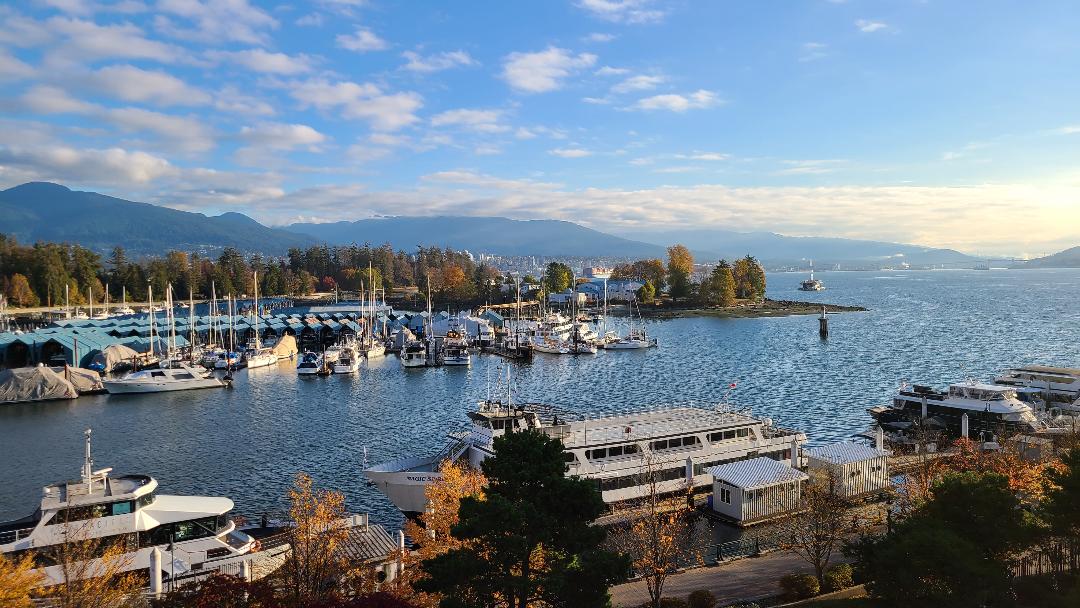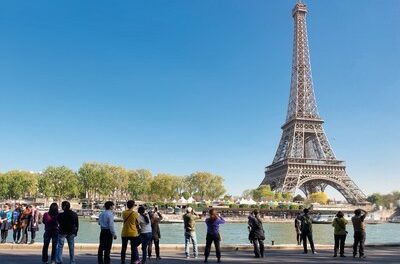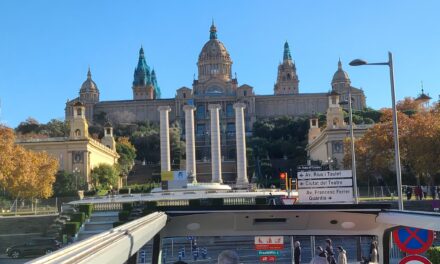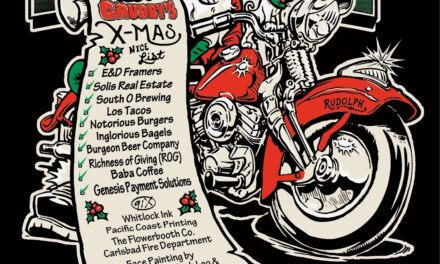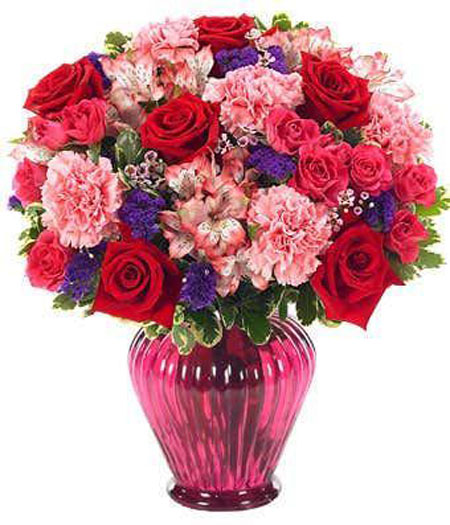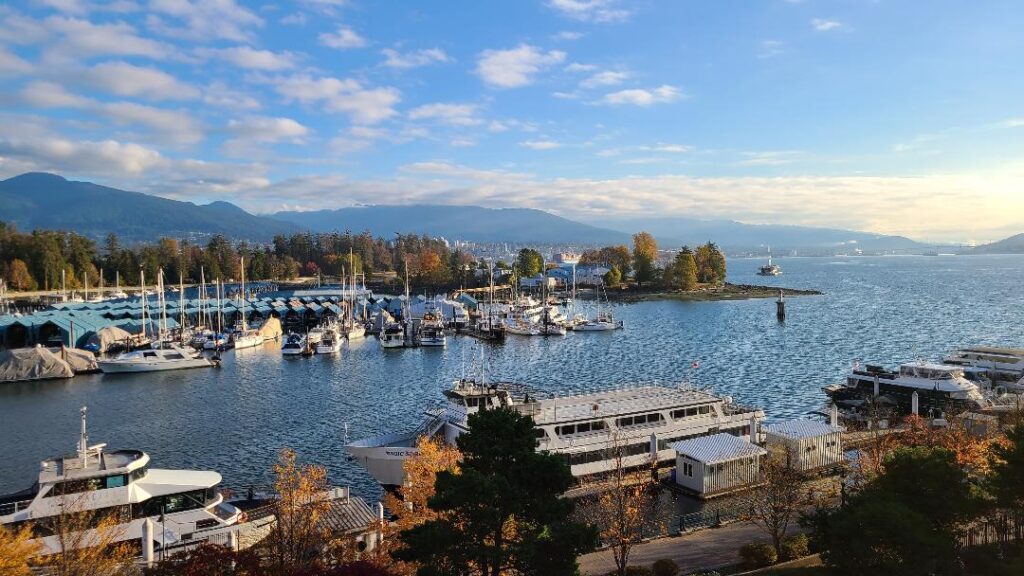
By Danny R. Johnson – Entertainment and Travel News Editor
The San Diego County News travel team visited Vancouver several weeks ago, and it is a sacred and beautiful city. With its glittering high-rise downtown, this modern city is ringed by some of the most beautiful water and mountain scenery on the planet.
Visitors love the laid-back and outdoorsy lifestyle: You can ski in the morning, chill on the beach or paddleboard in the afternoon, and spend the night people-watching on a patio overlooking excellent mountain views. Vancouver also appeals to foodies, thanks to world-class restaurants, some of the best sushi outside of Japan, and an innovative cocktail scene. Gateway to the Olympic-class mountains of Whistler, the Asian malls of Richmond, and Canada’s most English city, Victoria, there is an adventure around this Pacific Northwest paradise.
When is the best time to go to Vancouver?
Sure, Vancouver has a reputation for rain—it is nicknamed Rain City, or Raincouver, by the locals—but that is how it gets such gorgeous blooms from spring to fall. Fortunately, during our visit in mid-October, we were the recipients of sunny skies and temperatures ranging from 60° to 65° Fahrenheit. No matter when you visit, make sure you bring an umbrella. Year-round, the climate is pleasingly mild. During winter, it rarely snows except on the local ski hills, and the temperatures hover around 40° to 50° Fahrenheit. Spring arrives early in February or March, and summer ramps up around June but lasts till late September, with temperatures just above 70° Fahrenheit and long, lingering sunsets. The city fills with cruise-going tourists throughout July and August, so canny travelers come in September to enjoy those balmy late-summer days without the crowds.
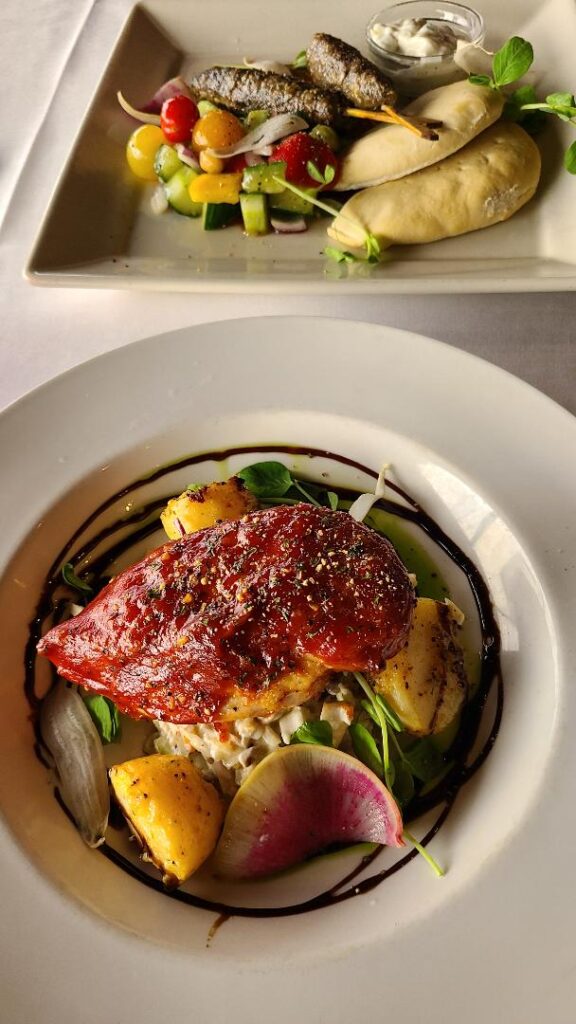
How to get around Vancouver
Vancouver’s nearest airport is Vancouver International Airport (YVR), which connects in 30 minutes to the city by the cheap and efficient Skytrain on the Canada Line. If you are coming from Seattle or Portland, the Bolt Bus is a budget option, dropping off at the central Pacific Station; there is also a Greyhound terminal. Amtrak’s Cascades route from Seattle is pricier but incredibly scenic, which hugs the coastline along the way.
Vancouver’s downtown core is easily explored by foot, bike, or public transit. The latter is plentiful and well-connected, with options including the sea bus to the North Shore, the Skytrain, and buses. Car share companies Car2Go, ZipCar, Moda, and Evo, are all extremely popular with Vancouverites. Water taxis also ply their trade around False Creek to such attractions as Granville Island and Science World.
The Westin Bayshore Vancouver – Best Waterfront Hotel in Vancouver
The Westin Bayshore Vancouver is ringed by the city’s seawall and overlooks the soaring North Shore mountains, the bristly green wilderness of Stanley Park, and the harbor with its high-end yachts, and it’s hard to conjure up a more Vancouver-ish locale. Transit to YRV airport and the shopping centers of the downtown core is around a 20-minute walk away.
There is an individual charm to this 499-room hotel with its extensive conference center and vast hotel ballroom, from the cheery greeting of the door attendant (with his stash of umbrellas in case of rain) to the warm crackle of the fire and cozy couches in the large marble and honey-colored-wood lobby.
But really, it is all about the view and location. The neutral brown, beige and soft green tones take a back seat while the floor-to-ceiling windows let nature shine. A rooftop herb garden and bragging rights as the only hotel in Canada with a Wildlife Friendly-Certified Habitat around the grounds (plus plenty of in-house eco programs) help keep things green.
The Seawall Bar & Grill is open for breakfast, lunch, and dinner. You can indulge in the morning with buttermilk waffles and maple syrup or stay healthy with a fresh-pressed cucumber, spinach, romaine, lemon, basil, and coconut water juice. The buffet includes coffee, juice, and an excellent choice of everything from granola to eggs and bacon.
Lunch and dinner focus on local West Coast produce with plenty of heart-healthy, antioxidant-packed ‘superfood’ choices such as wild B.C. salmon. The H2 Rotisserie & Bar offers breakfast, weekend brunch, lunch, and dinner. Brunch includes a lavish buffet featuring a build-your-own buddha bowl with healthy grains, rice, roasted veggies, a tempting French Toast station, and a Rotisserie chicken carvery station.
The menu focuses on farm-to-table comfort food, such as sustainable seafood linguine and half a rotisserie chicken with sides like yam fries or panko-crusted onion rings. There are plenty of local beers and wines on tap to try thoughtfully crafted cocktails with local spirits and bitters.
Food and drink to try in Vancouver
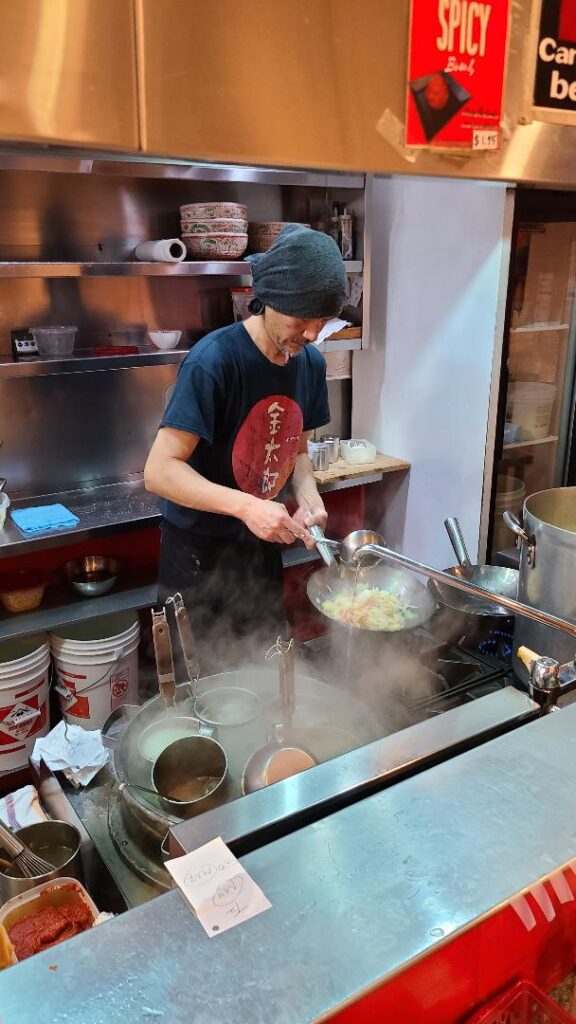
Vancouver is a cosmopolitan, multicultural city. After English and Chinese, the most common mother tongues are Punjabi, German, Italian, French, Tagalog, and Spanish. This translates into a thrillingly diverse dining scene that benefits from the first-class produce grown in the fertile lower mainland and Fraser Valley and the superb seafood harvested from the waters nearby. Vancouver’s Asian food scene is second to none, with excellent sushi bars, ramen joints, and izakayas in every neighborhood. You will also discover award-winning B.C. wines, a thriving craft brewing scene, and distilleries creating uniquely Canadian spirits with local ingredients.
Culture in Vancouver
The Museum of Anthropology at the UBC campus is home to one of the world’s best collections of First Nations peoples’ carvings, totem poles, and artifacts. Chinatown’s Dr. Sun Yat-Sen Classical Chinese Garden is a must-see, as are the Bill Reid Gallery and the Vancouver Art Gallery. The Vancouver Symphony Orchestra is home at the ornate Orpheum Theatre, and the city has a lively dance, opera, and theater scene.
Vancouver has more than its fair share of summer celebrations, from the cultural Bard on the Beach Shakespeare-fest to the three-day Celebration of Light fireworks extravaganza to the annual Seawheeze Half-Marathon, where 10,000 Lycra-clad yoga fans arrive for a weekend of running, partying in the park, and sunset yoga. But you will find something fun to participate in no matter what time of year it is, including winter’s Talking Stick Festival, which celebrates First Nations culture, and the spring Cherry Blossom Festival.
Local travel tips for Vancouver
Vancouver (or Lotus Land, as it’s sometimes called) does deliver on the hype implied by its regular inclusion on those best places to live lists.
– The city’s inhabitants know there’s no such thing as bad weather, just the wrong clothes—so don’t let a spot of rain scare you away.
– Free shuttle buses run throughout the summer to Grouse Mountain and the Capilano Suspension Bridge, so get out into the mountains and enjoy the dense, incredibly green forests, no matter the weather.
– Also, dive into B.C.’s incredibly diverse wines, brews, and spirits while you’re here—very little gets exported, so it’s a rare chance to soak up the local flavors.
General Information
Vancouverites are an English-speaking bunch, with just a smattering of French and other languages tossed into the mix.
– On the appliance front, all of Canada runs on the same standard voltage of 110-120 v as the United States. Your hair dryer will work simply fine; no adapter is necessary.

